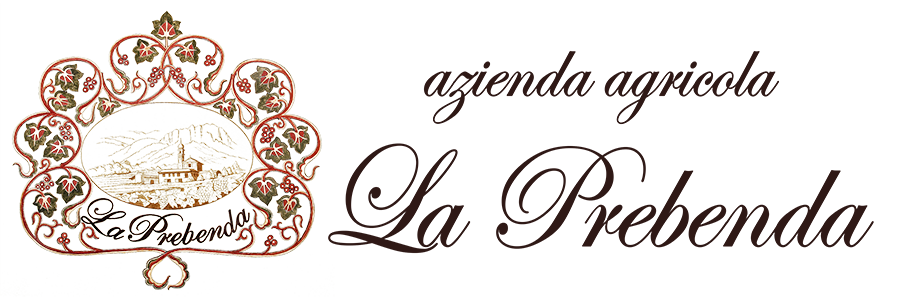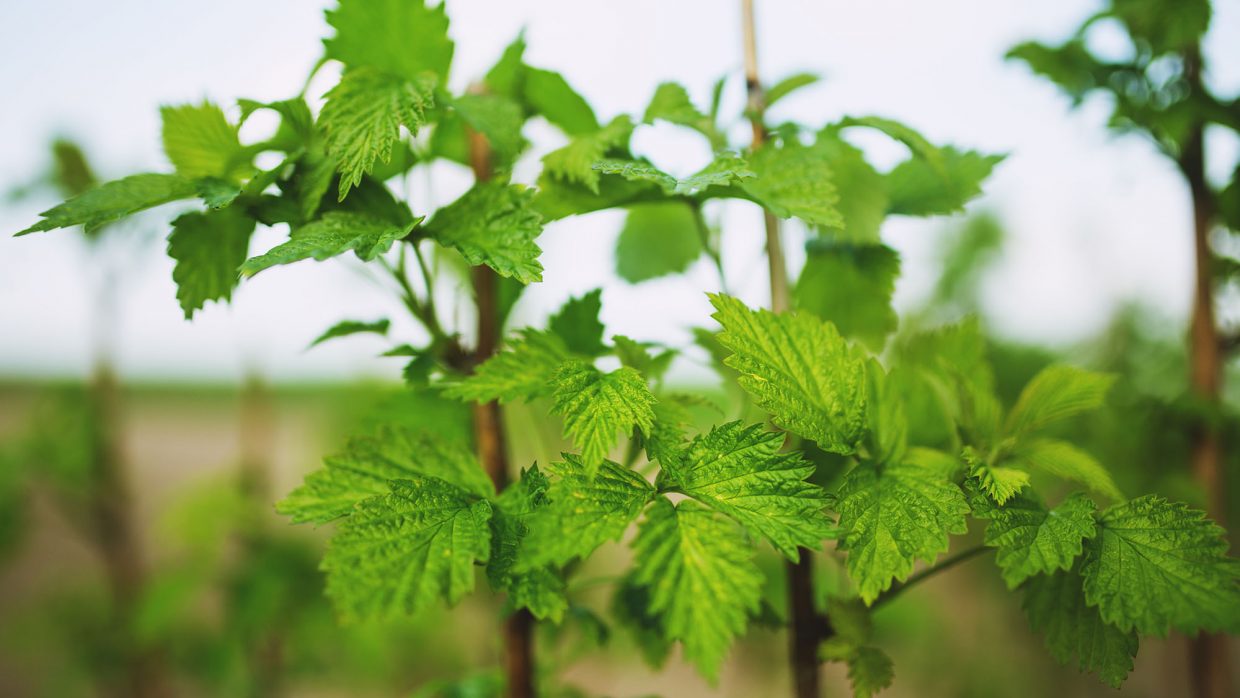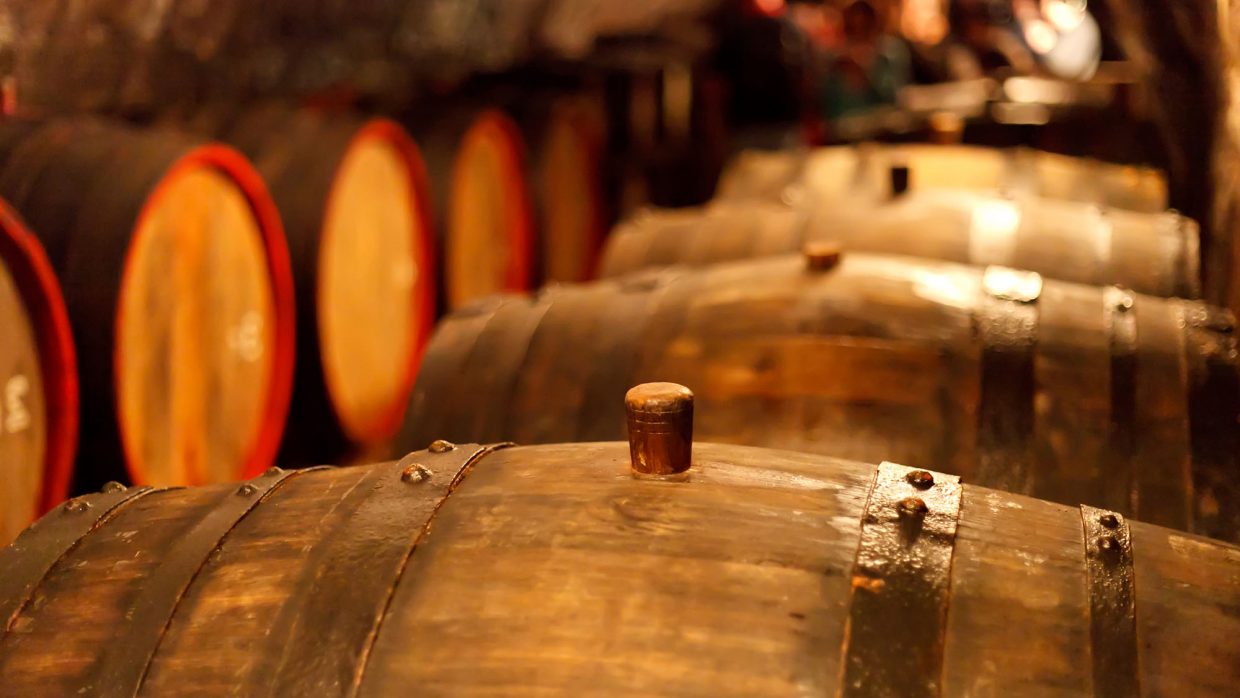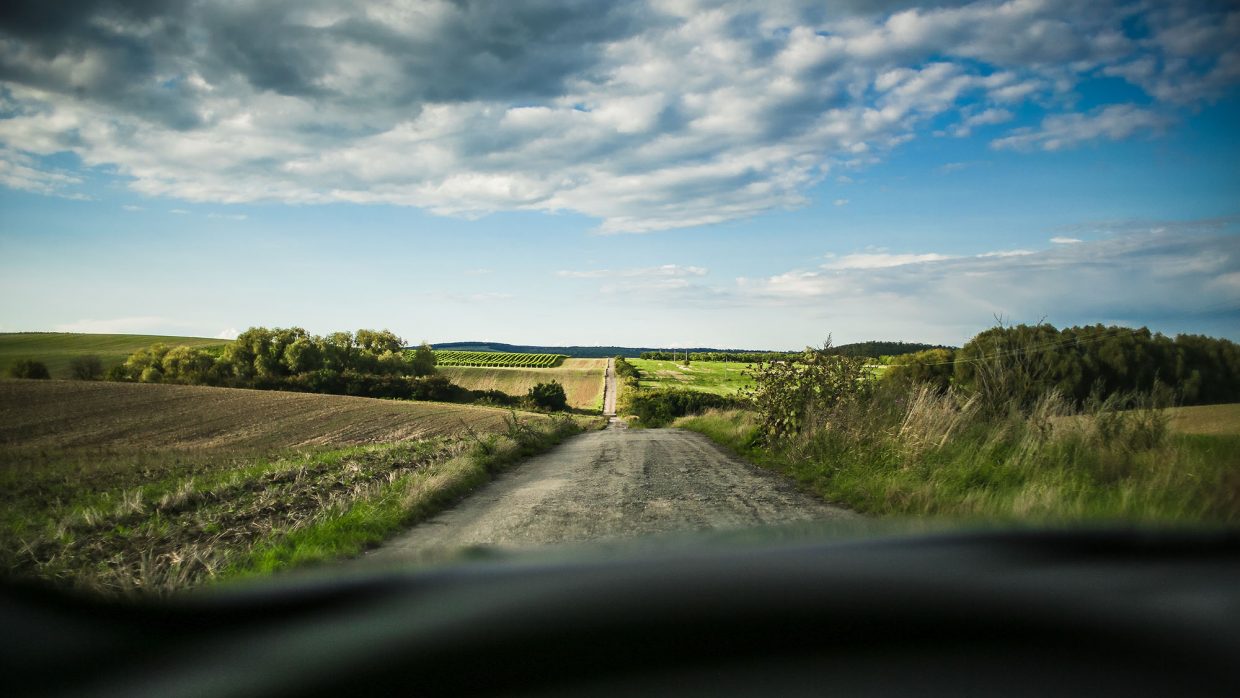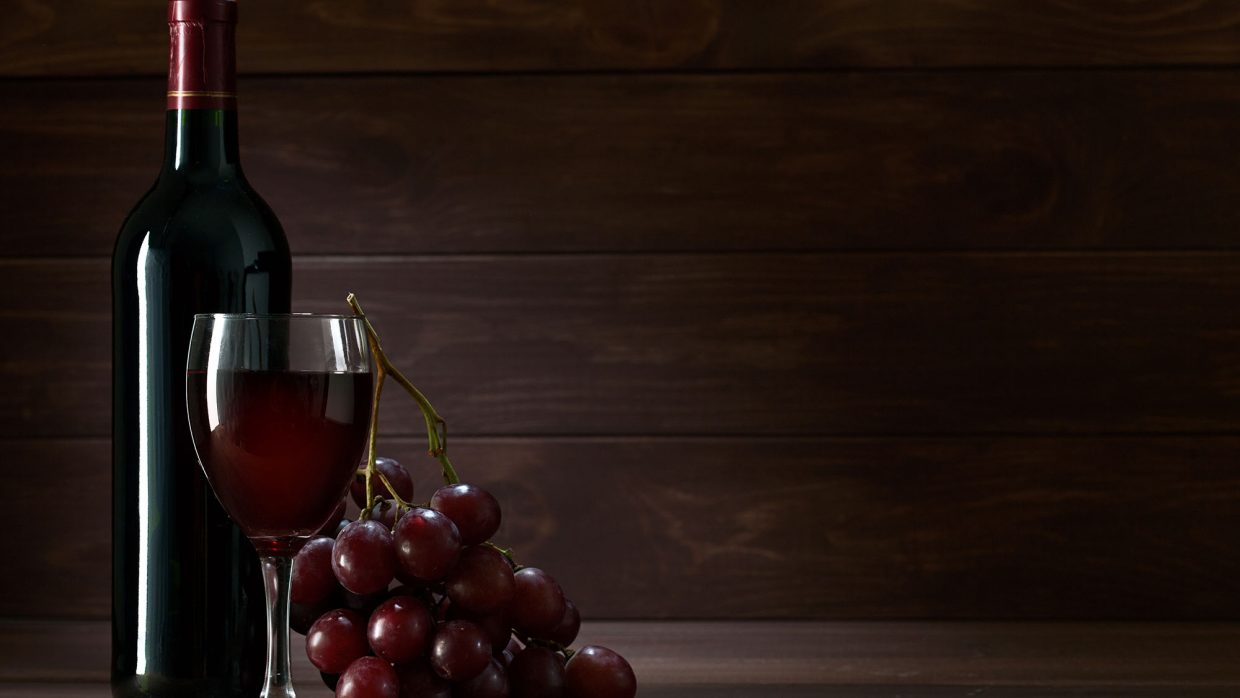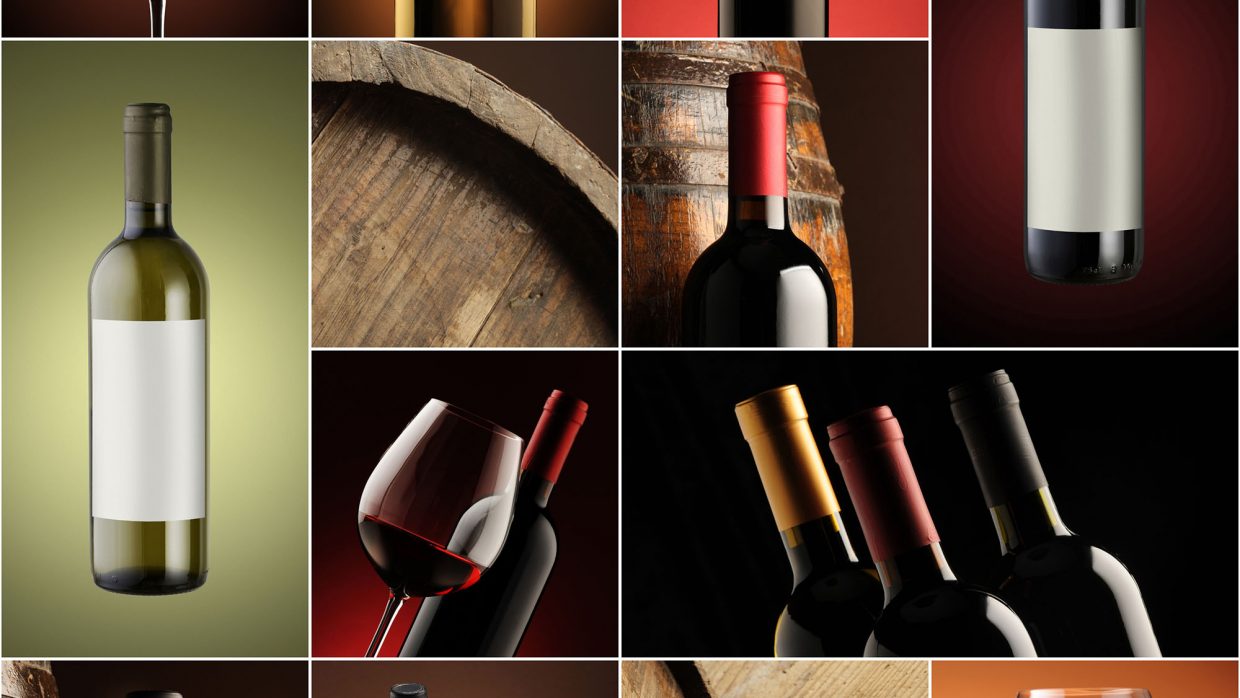The earliest recorded mention of Merlot (under the synonym of Merlau) was in the notes of a local Bordeaux official who in 1784 labeled wine made from the grape in the Libournais region as one of the area’s best. In 1824, the word Merlot itself appeared in an article on Médoc wine where it was
White wine is a wine whose colour can be straw-yellow, yellow-green, or yellow-gold coloured. It is produced by the alcoholic fermentation of the non-coloured pulp of grapes which may have a white or black skin. It is treated so as to maintain a yellow transparent colour in the final product. The wide variety of white
Pinot gris is grown around the globe with the “spicy” full-bodied Alsatian and lighter-bodied, more acidic Italian styles being most widely recognized. The Alsatian style, often duplicated in New World wine regions such as Marlborough, Tasmania, Australia, Washington, and Oregon, tend to have moderate to low acidity, higher alcohol levels and an almost “oily” texture
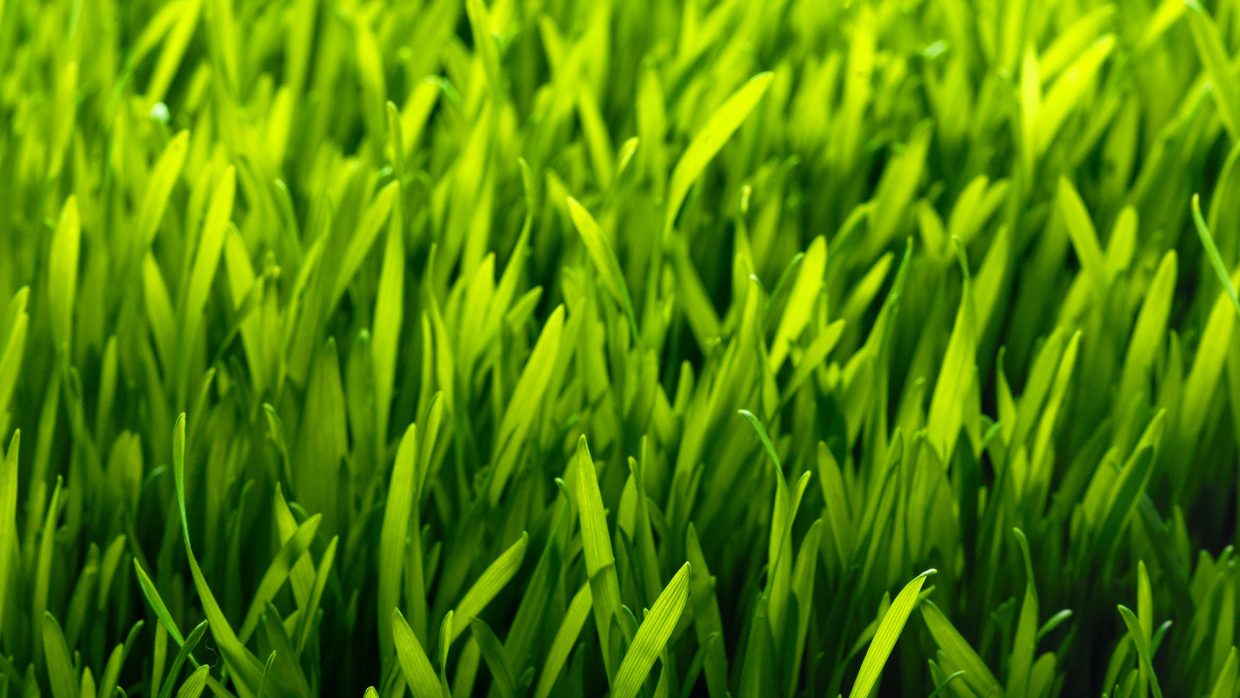
Old World wine refers primarily to wine made in Europe but can also include other regions of the Mediterranean basin with long histories of winemaking such as North Africa and the Near East. The phrase is often used in contrast to “New World wine” which refers primarily to wines from New World wine regions such
White Bordeaux, in the Flesh
The grapes of White Bordeaux include Sauvignon Blanc, Semillon and Muscadelle. There are a few other less-known varieties used in White Bordeaux such as Colombard and Ugni Blanc (the grape used in Cognac), but most White Bordeaux are made of Semillon and Sauvignon Blanc. Bordeaux is where Sauvignon Blanc originated and it’s very old. In
Prosecco is an Italian sparkling white wine, generally a dry or extra dry wine. It is made from Glera grapes, formerly known also as “Prosecco”, but other grape varieties such as Bianchetta Trevigiana may be included. The name is derived from that of the Italian village of Prosecco near Trieste, where the grape may have
Wine From a Sacred Place
Viticulture has existed in the land of Israel since biblical times. In the book of Deuteronomy, the fruit of the vine was listed as one of the seven blessed species of fruit found in the land of Israel(Deut. 8:8). The location of Israel along a historic wine trading route between Mesopotamia and Egypt brought winemaking
Investments In Wine
Investment wine, like gold bullion, rare coins, fine art, and collectible trading cards, is an alternative investment other than the traditional financial holdings of stocks, bonds, cash, or real estate. While most wine is employed as a consumable beverage, some wines are purchased with the intention to resell them at a higher price in the
Wine tasting (often, in wine circles, simply tasting) is the sensory examination and evaluation of wine. While the practice of wine tasting is as ancient as its production, a more formalized methodology has slowly become established from the 14th century onwards. Modern, professional wine tasters (such as sommeliers or buyers for retailers) use a constantly
The Most Important Wine Consideration
Storage is an important consideration for wine that is being kept for long-term aging. While most wine is consumed within 24 hours of purchase, fine wines are often set aside for long-term storage. Wine is one of the few commodities that can improve with age but it can also rapidly deteriorate if kept in inadequate
Health Effects of Wine
Although excessive alcohol consumption has adverse health effects, epidemiological studies have consistently demonstrated that moderate consumption of alcohol and wine is statistically associated with a decrease in cardiovascular illness such as heart failure. Additional news reports on the French paradox also back the relationship. This paradox concerns the comparatively low incidence of coronary heart disease
Mutants and Clones of Pinot Noir
Pinot noir is almost certainly a very ancient variety that may be only one or two generations removed from wild, Vitis sylvestris, vines. Its origins are nevertheless unclear: In De re rustica, Columella describes a grape variety similar to pinot noir in Burgundy during the 1st century CE, however, vines have grown wild as far
